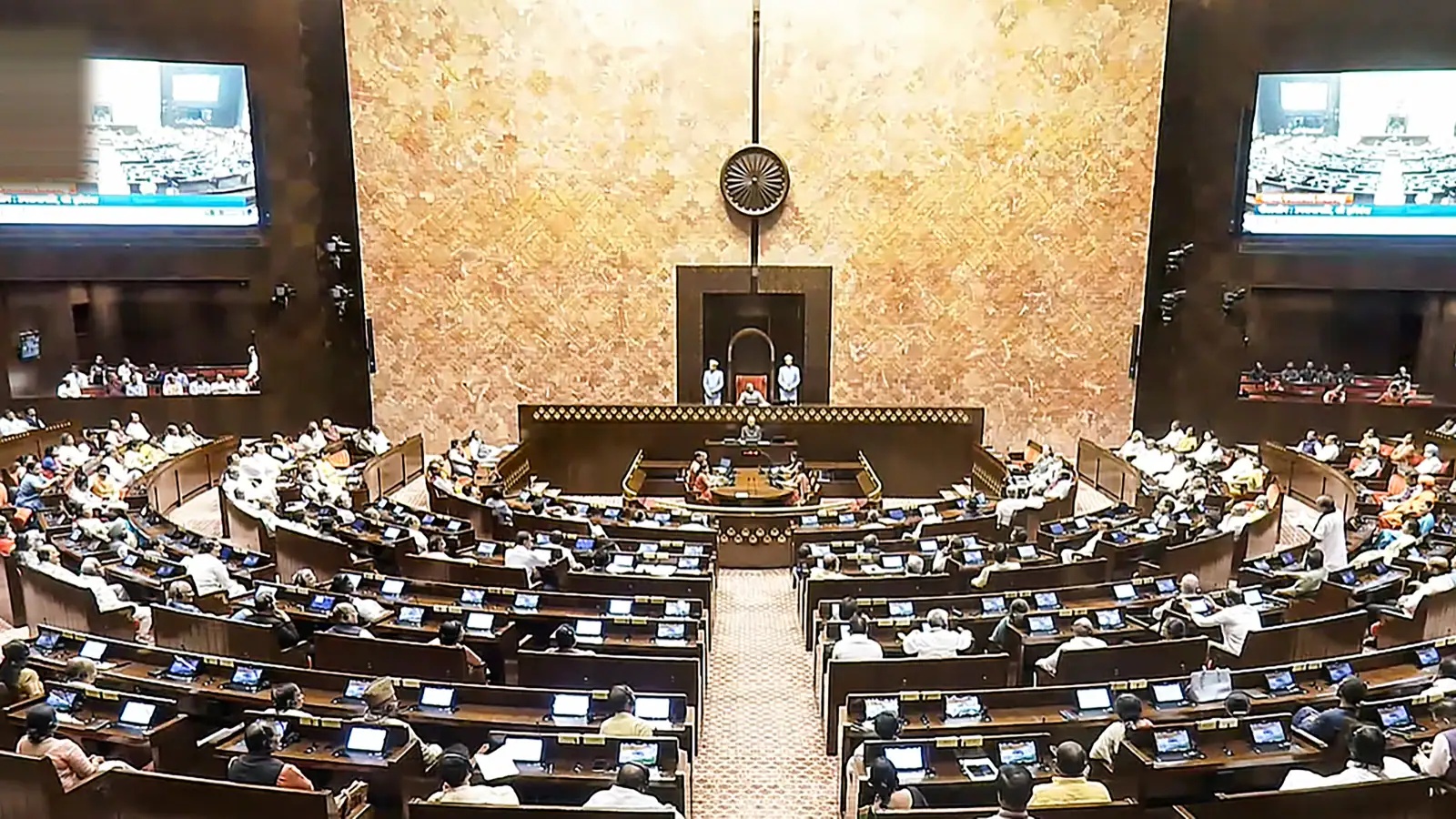
Policy Update Expands Leave Benefits for Central Government Staff
Central government employees in India now have the option to utilize up to 30 days of earned leave annually for caregiving responsibilities, including the care of aging parents. This development was announced by Union Minister of State for Personnel Jitendra Singh during a parliamentary session, emphasizing the government’s commitment to balancing professional duties with personal obligations. The revised policy aligns with existing service rules that already permit leave for personal reasons, but now explicitly recognizes caregiving as a valid use case. This adjustment reflects growing awareness of the challenges faced by working professionals in managing familial responsibilities alongside their careers.
Eligible Leave Types and Usage Flexibility
Under the Central Civil Services (Leave) Rules, 1972, employees can combine various leave types to meet their annual entitlements. These include 30 days of earned leave, 20 days of half pay leave, 8 days of casual leave, and 2 days of restricted holidays. Singh clarified that these leave types are not restricted to specific scenarios and can be used for any personal purpose, including caregiving for elderly parents. The flexibility in leave allocation allows employees to tailor their time off to their unique circumstances, ensuring they can fulfill both professional and familial duties without compromising either.
Government’s Approach to Work-Life Balance
The policy change underscores the government’s effort to address work-life balance challenges for its workforce. By explicitly permitting leave for caregiving, the administration is acknowledging the societal role of employees beyond their professional capacities. This move aligns with broader trends in labor policies that prioritize employee well-being and family responsibilities. The minister’s statement also highlighted the importance of maintaining operational efficiency in government departments, ensuring that leave entitlements do not disrupt administrative functions. This balance between employee welfare and institutional productivity is critical for sustaining a motivated and capable workforce.
Vacancy Management and Departmental Operations
During the same parliamentary session, Singh addressed concerns about vacancy management across central government departments. He noted that the filling of vacancies is an ongoing process, contingent on the specific needs of each ministry. As of March 1, 2021, the total number of sanctioned posts across all departments reached 40,35,203. The minister emphasized that detailed data on vacancies and appointments is managed by individual ministries, ensuring transparency and responsiveness to sector-specific requirements. This approach allows for efficient resource allocation while maintaining accountability in public sector operations.
Implications for Employee Welfare and Policy Evolution
The updated leave policy marks a significant step in enhancing employee welfare within the central government framework. By recognizing caregiving as a legitimate reason for leave, the government is fostering a more supportive work environment. This change also reflects the evolving nature of labor policies, which increasingly prioritize employee well-being and societal responsibilities. As the workforce continues to navigate complex personal and professional demands, such policies will play a crucial role in maintaining morale and productivity. The minister’s emphasis on balancing operational needs with employee rights highlights the government’s commitment to sustainable and humane workplace practices.




